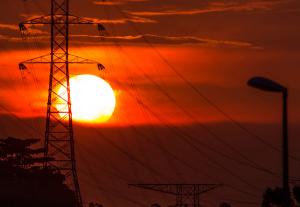The alternatives may make more sense.
Steve Huntoon is the principal of Energy Counsel, LLP, www.energy-counsel.com. Mr. Huntoon is a former President of the Energy Bar Association, and for over 30 years of practice in energy regulatory law he has advised and represented such companies and institutions as Dynegy, PECO Energy (now part of Exelon), Florida Power & Light (NextEra Energy), ISO New England, Entergy, PacifiCorp, Williston Basin (MDU Resources), and Conectiv (PHI).
It was heady stuff back then: Big lines and arrows sweeping across the country, depicting massive new transmission projects. But after 10 years of dramatic announcements and proposals, the reality today is that Big Transmission1 has fallen and it won't be getting up - not even for the Clean Power Plan.

And a second reality is this: The fall of Big Transmission is not a public policy failure. Rather, as I'll show below, Big Transmission never did make sense.
Instead, the experience so far points to a continuation of what we're doing now - to more of the incremental transmission expansions that have characterized the last ten years - and not to count on Big Transmission as a solution to any future industry challenge.
The Rise
PJM kicked things off ten years ago, wowing a conference at the Federal Energy Regulatory Commission (FERC) with the announcement of "Project Mountaineer": four enormous transmission lines running from western West Virginia to northern New Jersey (see Figure 1). Three years later, in 2008, FERC presented to Congress its idea for a massive new 765-kV transmission system (Figure 2).

